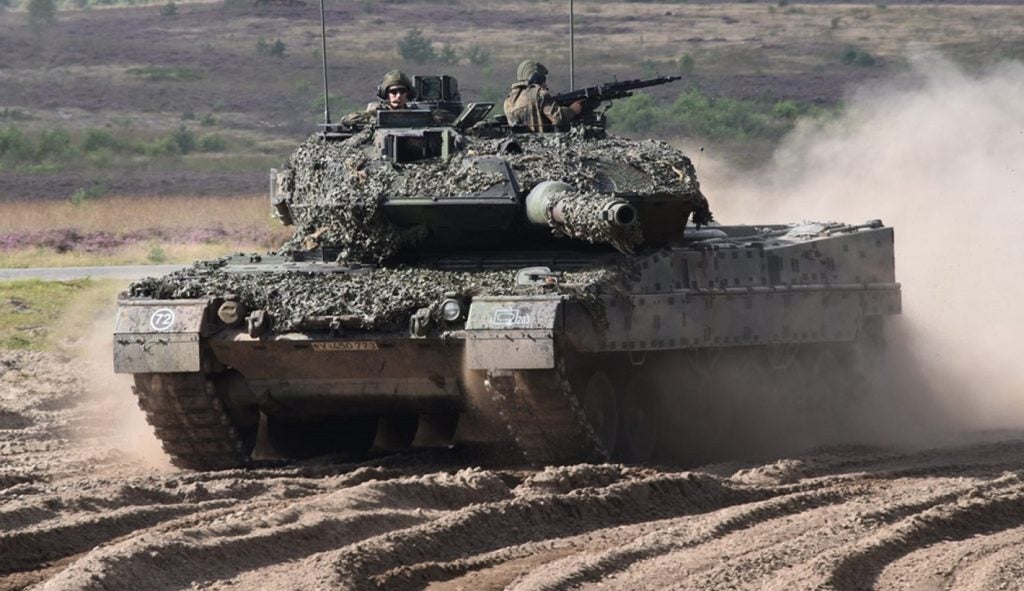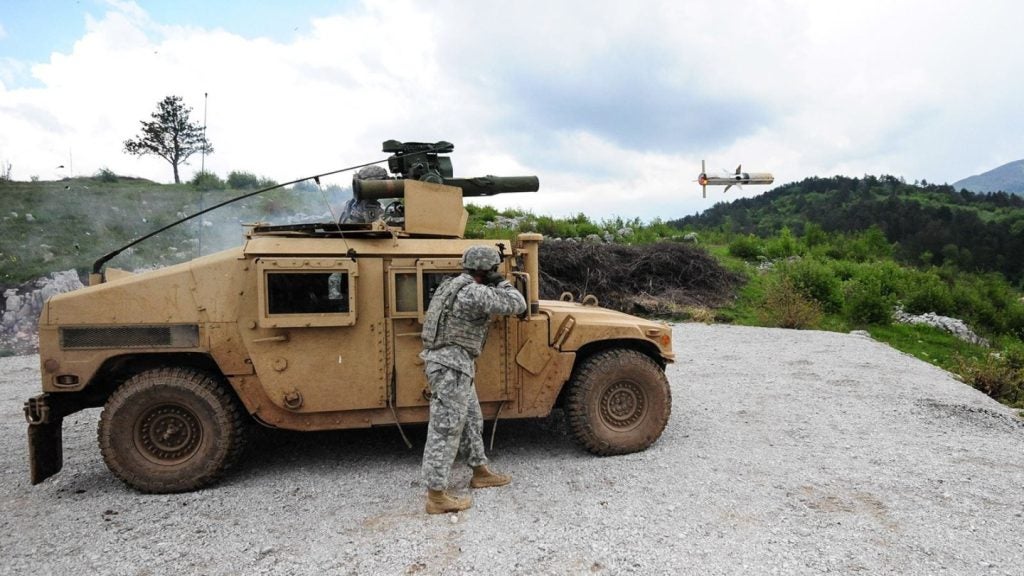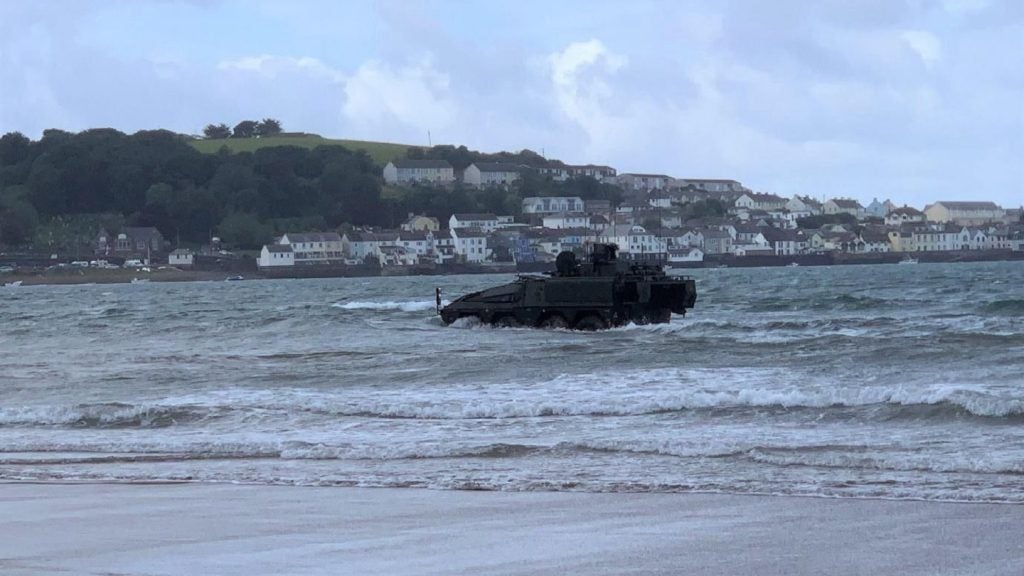
Lockheed Martin has secured a contract modification to continue sustainment of the US Army’s Apache modernised target acquisition designation sight / pilot night-vision sensor (M-TADS/PNVS) system.
Valued at $90.6m, the firm, fixed price contract represents the first option under the basic $111m performance based logistics (PBL) contract awarded by the army for management of the M-TADS/PNVS system in September 2012.
The original contract has a total ceiling value of $375m; it features a one-year base period and three one-year options that extend through to December 2015.
Lockheed Martin Missiles and Fire Control M-TADS/PNVS international and support programmes programme director Tom Eldredge said the US Government and industry teams concentrated efforts on continuous improvement of processes, services and products to boost troops’ capabilities.
"Lockheed Martin works closely with the US Army to provide highly reliable products to the warfighter while implementing efficiencies and cost-saving measures," Eldredge added.
Initiated in 2007, the PBL contract covers supply of complete post-production supply chain management, including spares planning, procurement, repairs, maintenance, modifications, as well as inventory management of the existing M-TADS/PNVS systems.
How well do you really know your competitors?
Access the most comprehensive Company Profiles on the market, powered by GlobalData. Save hours of research. Gain competitive edge.

Thank you!
Your download email will arrive shortly
Not ready to buy yet? Download a free sample
We are confident about the unique quality of our Company Profiles. However, we want you to make the most beneficial decision for your business, so we offer a free sample that you can download by submitting the below form
By GlobalDataAs well as enabling mission readiness, the contract also lowers operations and support (O&S) costs and drives reliability, in addition to maintainability enhancements.
The M-TADS/PNVS is an advanced electro-optical fire control system designed to provide the Apache attack helicopter pilots with long-range, electro-optical precision engagement and flying targeting capabilities for conducting day, night and adverse-weather missions.
Operational with the army since 2005, the module replaces the legacy TADS/PNVS direct-view optics with a new TADS electronic display and control (TEDAC) unit to enable image fusion and also help enhance the pilot’s target resolution and situational awareness in the battlefield.
Image: A US Army’s Apache attack helicopter during its flight. Photo: file image.







